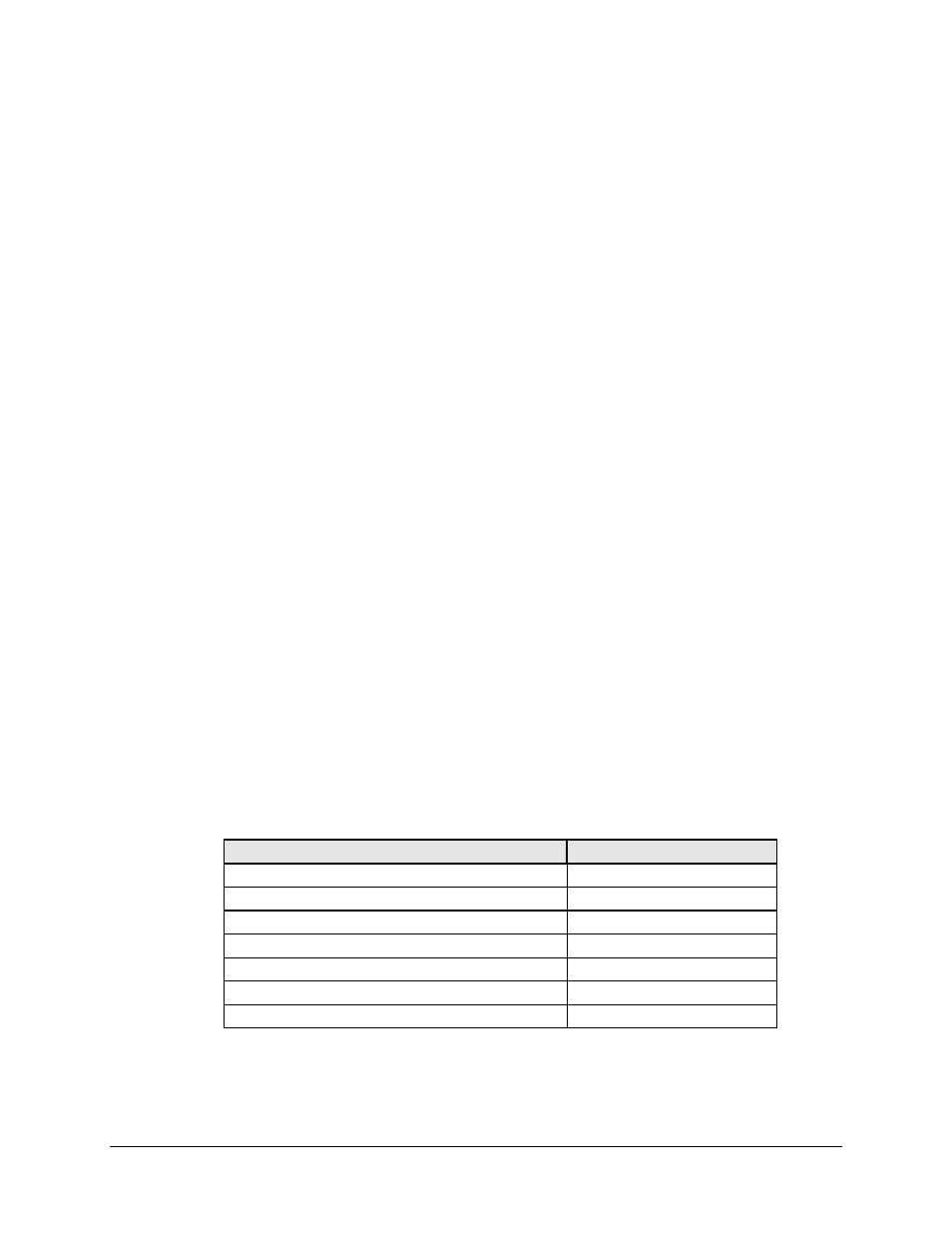1 end-to-end processing delay – Comtech EF Data CDM-550T User Manual
Page 79

CDM-550T Satellite Modem
Revision 3
Forward Error Correction Options
MN/CDM550T.IOM
Union) place strict limits on the power spectral density (also referred to as flux density) of signals
arriving at adjacent satellites.
One obvious method to reduce the level is to spread the transmitted signal over as wide a bandwidth
as possible. In the past, this has sometimes been achieved using a Spread Spectrum modulation
format, but this has severe penalties as far as demodulator complexity is concerned. However, by
using BPSK modulation and high FEC code rates (up to Rate 1/3, for example) the power spectral
density may be reduced. Taking Rate 1/2 QPSK as a baseline, moving to Rate 5/16 BPSK Turbo
Product Coding gives an immediate reduction in power spectral density of 5.0 dB.
Furthermore, the increased coding gain of this FEC method allows a further reduction in
transmitter power. Using Rate 1/2 Viterbi with concatenated Reed-Solomon as a baseline
example, Rate 5/16 provides 1.5 - 2.0 dB improvement in coding gain. Putting these two factors
together yields an overall reduction in power spectral density of approximately 7.0 dB. This
simultaneously permits a smaller antenna, and reduced transmitter power. The disadvantage is the
increased spectral occupancy of the carrier, and it will depend on the particular satellite operator
to determine if this poses a severe economic problem.
When operating at these higher code rates (21/44 and 5/16), the demodulator is forced to operate
in a region where the Ebt/No (also referred to as Es/No) is negative - in other words, there is more
noise than signal. For this reason it is more difficult for the demodulator to accurately measure
the Eb/No, and so users may see more variation than normal when viewing the Eb/No on the RX
PARAMETERS screen, and when operating near threshold. This is most pronounced in the case
of Rate 5/16.One unexpected advantage of the TPC method is that, unlike concatenated Reed-
Solomon methods, there is no pronounced threshold effect. The demodulator and FEC codec can
stay locked down to very low values of Eb/No, but at this level the output BER becomes unusable
(around 1 x 10-2).
7.5.1 End-to-End Processing Delay
In many cases, FEC methods which provide increased coding gain do so at the expense of
increased processing delay. However, with TPC, this increase in delay is very modest. The table
below shows, for the CDM-550T, the processing delays for the major FEC types, including the
three TPC modes:
FEC Mode (64 kbps data rate)
End-to-end delay, ms
Viterbi, Rate 1/2
12
Sequential, Rate 1/2
74
Viterbi Rate 1/2 + Reed Solomon
266
Sequential Rate 1/2 + Reed Solomon
522
Turbo Product Coding, Rate 3/4, QPSK/OQPSK
79
Turbo Product Coding, Rate 21/44, BPSK
64
Turbo Product Coding, Rate 5/16, BPSK
48
(Note that in all cases, the delay is inversely proportional to data rate, so for 128 kbps, the delay
values would be half of those shown above.)
7–5